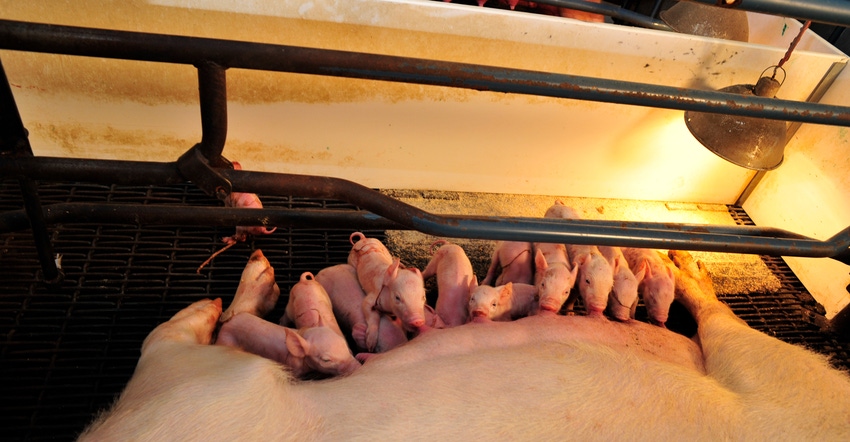
As we turn the calendar to 2022, there are many things hog producers need to keep on their radar. Even though we have a new year upon us, most of these issues are merely carried over from 2021, if not from even further back.
We are still experiencing hiccups in the supply chain, so it is imperative to maintain or find new markets for U.S. pork products. Maintaining those markets may become even more difficult by what California voters decided in November 2018.
As of this writing, unless some last-ditch efforts are successful to halt the implementation of Proposition 12, an initiative that could change the way pigs across America are raised, it goes into effect Jan. 1. The National Pork Producers Council and the American Farm Bureau Federation, as well as numerous states, asked the U.S. Supreme Court to rule on the law’s constitutionality.
Problems with Prop 12
What’s the big deal with a proposition approved by California voters? Well, Prop 12 establishes minimum requirements on livestock producers to provide more space for egg-laying hens, sows and calves raised for veal. Again, you may ask, what’s the big deal with California voters saying hens, sows or gilts, and calves should have more room to live? Prop 12 goes on to say that California businesses cannot sell eggs or uncooked pork or veal from animals that live in housing not meeting these requirements.
So even if your hogs are raised in Iowa, Illinois, Minnesota, Missouri, North Carolina or anywhere else, if the end product of pork is to be sold in the Golden State, your facilities will need to conform to Prop 12 stipulations or be shut out of the California market.
Under Prop 12 regulations, each sow and gilt will need to be provided with at least 24 square feet of usable floor space. The only time that the sows or gilts are allowed to enter individual housing is five days before farrowing and while the sow-gilt is nursing piglets, as well as for short periods of animal husbandry issues.
Under Prop 12 standards, producers will need to conform or have their pork products prohibited from being sold to the nearly 40 million residents of California, a market that consumes about 15% of U.S. pork production.
Economic setback
A study by Barry Goodwin, North Carolina State University agricultural economist, finds that construction costs for a new 5,200-sow operation would be $15.6 million, while retrofitting an existing barn would cost an average of $10 per pig, or $770 million for the 77 million sows on U.S. pig farms.
It remains to be seen how or if these added costs will affect prices in the supermarkets.
While proponents of Prop 12 masquerade the measure as an initiative for animal welfare and food safety, that thin veil can be pulled back to reveal the advocates’ actual intent — to eliminate animal agriculture. What is to say that animal rights advocates in other states have not been closely monitoring Prop 12’s progress, and once the dust settles will not introduce similar measures in other states?
Although most new years ring with optimism, the hope of 2022 may ring hollow, at least as it pertains to hog production models and end-product marketing. The U.S. hog industry always undergoes change, and it looks as though 2022 will be no different. Prop 12 and the possible ripple effect could paint an entirely different view of the hog production landscape.
About the Author(s)
You May Also Like






